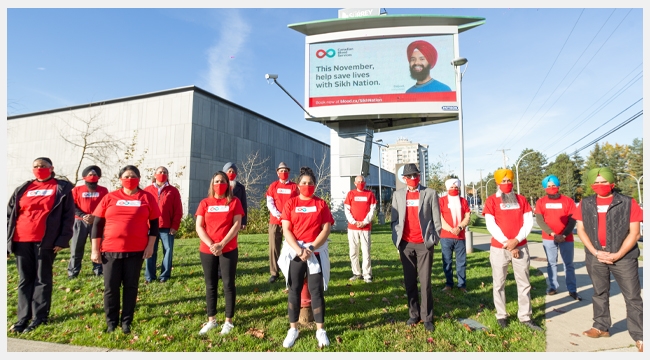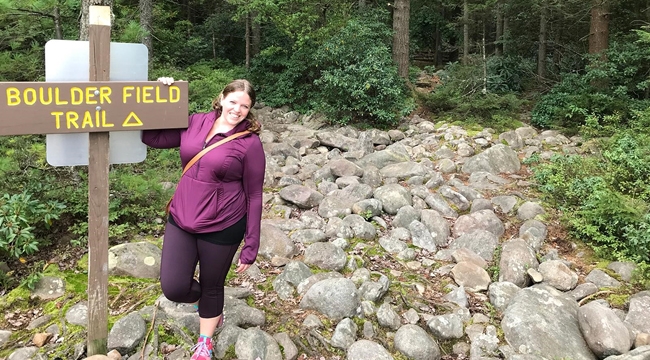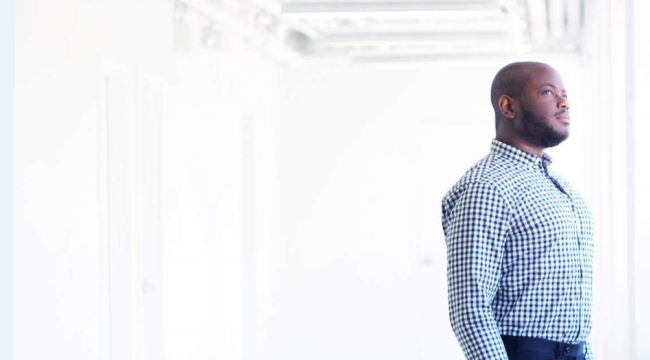Her aunt’s lifesaving stem cell transplant inspired her to become an advocate
Balreen Singh supports Canada’s Lifeline by helping us build a stem cell registry as richly diverse as Canada
Balreen Singh had never heard of stem cell transplants before her own family member needed one to survive.
“I had a general knowledge of what stem cells were, but I didn’t know they could be transplanted, or that they could help someone recover completely from an illness,” says Balreen. She was 16 when her aunt Moneet Mann — who at 23, was just a few years older than her — was diagnosed with leukemia.
What are stem cells?
Stem cells, specifically blood stem cells, are immature cells that can develop into any cell present in the blood stream. They are easy to donate, and are used to treat more than 80 diseases and disorders. But the stem cell donor must match the patient in terms of particular proteins found on the surface of white blood cells and other tissues.
About a quarter of patients are lucky enough to have a stem cell match in their own family. But for the majority — including Moneet — the best hope is an unrelated stem cell donor of similar ancestral background, identified through Canadian Blood Services Stem Cell Registry.
Balreen and Moneet have roots in India, and doctors in Canada often struggle to find matching stem cell donors for patients of South Asian background. It was months before one was identified for Moneet in Germany, through one of the international stem cell registries to which we have access.
It was during that difficult wait that Moneet and her family and supporters began working to recruit prospective stem cell donors in the Toronto area’s large South Asian community. At one event where Balreen volunteered, she met the family of another South Asian patient in his late teens.
“Nobody was matching with him and he’d been going through this for a number of years,” Balreen recalls.
A chance to help with Stem Cell Club
Those memories were still fresh when Balreen enrolled a few years later at Western University in London, Ont., to study for a bachelor of science degree. She joined Stem Cell Club, an organization whose volunteer chapters at post-secondary schools across the country have recruited tens of thousands of prospective stem cell donors. The club is committed to increasing our stem cell registry’s ethnic diversity, as well as recruiting males, whose stem cell donations appear to produce better outcomes for patients overall.
Her own story was part of Stem Cell Club’s recent South Asians Save Lives campaign to recruit South Asian stem cell registrants. The campaign’s YouTube videos, TikToks and other materials remain available for anyone to share during Asian Heritage Month and beyond.
Inspiring South Asian stem cell registrants is a cause that resonates deeply with Balreen, both because of her aunt’s experience, and also because 36 per cent of the people in her hometown of Brampton, Ont., are of South Asian origin. She knows any one of them could find themselves in need of a stem cell transplant.
Stem cell donation ‘a small thing to do to help save a life’
Balreen is also eager to dispel myths, such as that donating stem cells is difficult or painful for the donor. In fact, most undergo a simple procedure called “peripheral blood stem cell collection.” It’s very similar to the process of donating other blood components such as plasma or platelets, though it takes place over several hours. Only a small number of people are asked to donate bone marrow, which requires general anesthesia.
Certainly neither procedure compares with the experience of cancer patients like Balreen’s aunt, who endured rounds of chemotherapy in addition to a second stem cell transplant when her cancer returned.
“If somebody can get through a situation like that, and still come out on top, it should be motivation for everybody else,” Balreen says. “It’s a small thing to do to help save a life.”
Currently, fewer than one third of potential donors in Canadian Blood Services Stem Cell Registry are non-Caucasian, and finding matches for patients of Indigenous, Asian, South Asian, Hispanic, mixed-race, and diverse Black backgrounds is difficult. We strongly encourage people aged 17 to 35 who share those backgrounds to join the registry online. You can also use our recruit-and-raise platform to recruit prospective stem cell donors and fundraise for Canada’s Lifeline at the same time.




